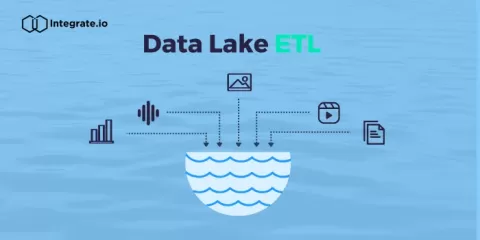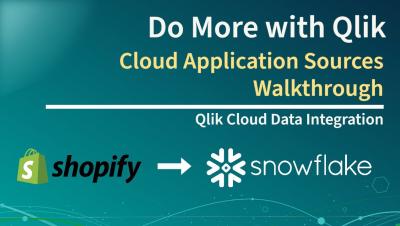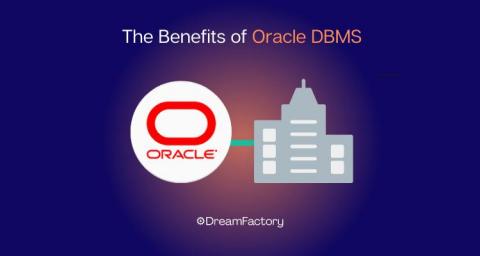Systems | Development | Analytics | API | Testing
%term
OOP Concepts in C#: Code Examples and How to Create a Class
Object-oriented programming (OOP) is a paradigm (a sort of “style”) of programming that revolves around objects communicating with each other, as opposed to functions operating on data structures. C# is the flagship language of the.NET ecosystem. Despite being a multi-paradigm language, its forte is certainly OOP. OOP is a recognized programming paradigm, but programming languages differ in how they interpret and implement its tenants.
Observability Tools: Cutting Costs Without Compromising on Quality
In software development, striking a balance between cost and quality can sometimes feel as tricky as finding a bug in a spaghetti code. Observability tools face a similar dilemma, often consuming a significant portion of the budget and growing significantly year over year. The irony? The vast majority of the data gathered is never used. As is often the case, the driving force behind this trend is not an emotional response.
.Net Core Dependency Injection
Dependency Injection (DI) is a pattern that can help developers decouple the different pieces of their applications. It provides a mechanism for the construction of dependency graphs independent of the class definitions. Throughout this article, I will be focusing on constructor injection where dependencies are provided to consumers through their constructors.
Enabling gRPC and HTTP/2 support at the edge with Kuma and Envoy
Our thing is to let you deploy your apps globally in less than 5 minutes with high-end performance. Not only does this require us to be meticulous about everything composing our infrastructure layer, but also we have to support high-level protocols like WebSockets, HTTP/2, and gRPC. There are two major things in the infrastructure impacting performance: hardware and network. On the hardware side, we deploy all apps inside microVMs on top of high-end bare metal servers around the world.
The Collaboration of Code: JavaScript, TypeScript, and CoffeeScript
In the vast universe of coding, JavaScript has earned itself a reputation of being a dynamic, high-level, interpreted language, often employed for enhancing user experiences on the web. However, as the complexity of web applications increased, developers craved more structure, static typing, and syntax variations. Enter the JavaScript dialects. They can be seen as extensions of the original JavaScript, with each one providing alternatives suited to diverse needs and preferences.
AWS Redshift vs. The Rest - What's the Best Data Warehouse?
In the age of big data, where humans generate 2.5 quintillion bytes of data every single day, organizations like yours have the potential to harness more powerful analytics than ever before. But gathering, organizing, and sorting data still proves a challenge. Put simply, there's too much information and not enough context. The most popular commercial data warehouse solutions like Amazon Redshift say they deliver structured, usable data for businesses. But is this true?
Walkthrough: Shopify to Snowflake Example - Application Sources - Qlik Cloud Data Integration
The Benefits of Oracle DBMS for Your Organization
What is Unit Testing? A Complete Guide
Unit testing is a software development practice that involves testing individual units or components of a software application in isolation. A unit is the smallest testable part of an application, usually a single function, method, procedure, module, or class. Together these code units form a complete application, and if they don’t work well individually, they definitely won’t work well together.











